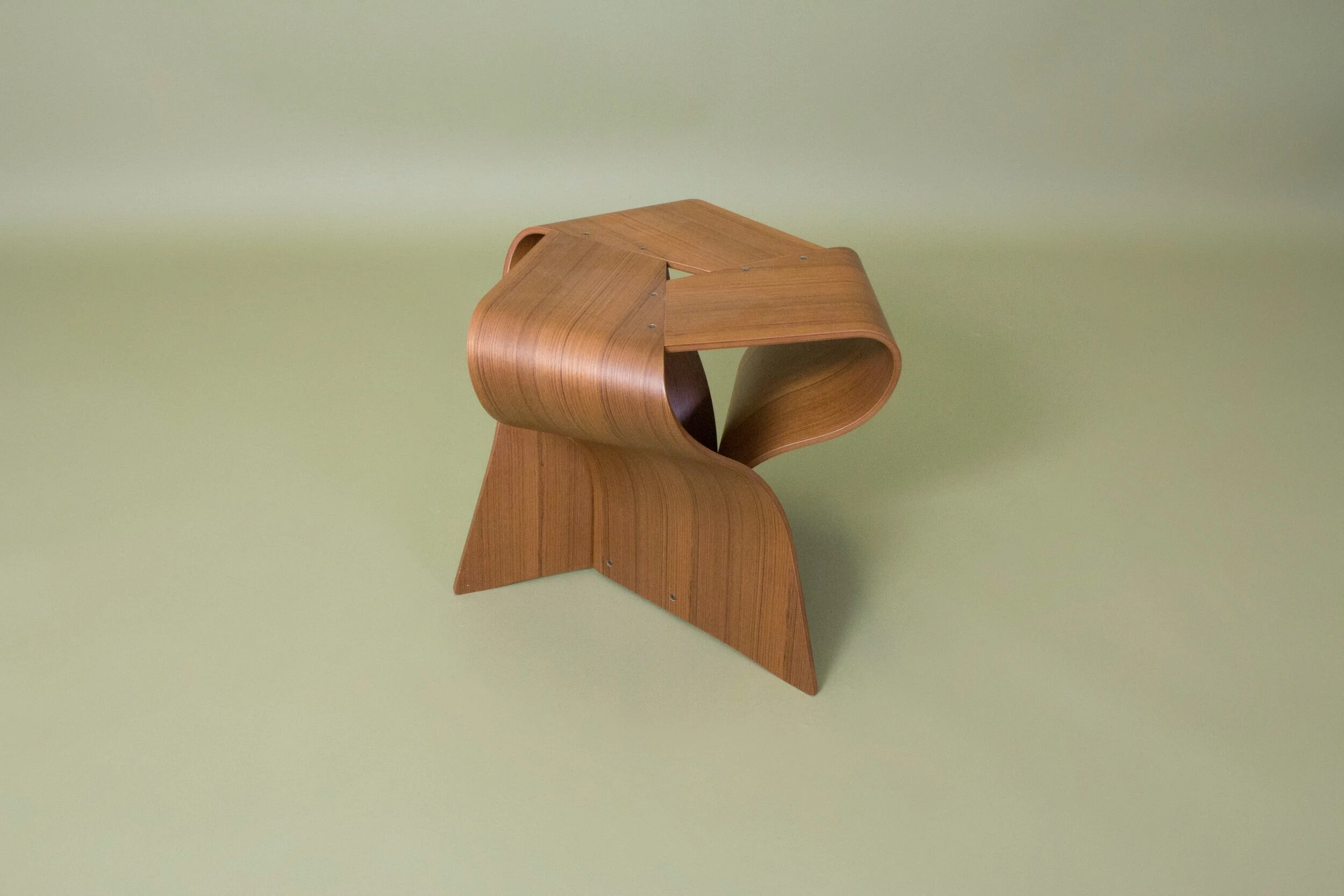Vase Imari Kintsugi, Japon






Vase Imari Kintsugi, Japon
Vase Ko Imari en porcelaine et ancienne réparation à l’or selon la technique du Kintsugi
Imari, Japon
Époque Edo (XVIIème siècle)
H 8 x Diam 10 cm
Très bon état général
Ko Imari vase in porcelain and old gold repair using the Kintsugi technique
Imari , Japan
Edo Period (17th century)
H 8 x Diam 10 cm
Very good condition
Selon la tradition, un potier coréen, Ri Sampei (Yi-Sam-p'yong), ayant fait la découverte, en 1616, d'un gisement de kaolin au voisinage d'Arita. Il aurait installé son second four dans les collines d'Izumiyama. Sa maîtrise des fours à haute température lui aura permis d'aller jusqu'à la cuisson du kaolin, vers 1 400 °C, pour obtenir une porcelaine semblable à celle des coréens, qui possédaient ce savoir-faire et appréciaient la porcelaine entièrement blanche comme vaisselle rituelle dès le xve siècle. La production de porcelaine, au Japon, débute donc dans la région d'Arita (cité de potiers de l'île de Kyūshū). Cela provoqua la fin d'un monopole qui était vieux de plus de sept siècles.
Le kintsugi serait apparu lorsque, à la fin du xve siècle, le shogun Ashikaga Yoshimasa a renvoyé en Chine un bol de thé chinois endommagé pour le faire réparer. Le bol étant revenu réparé avec des agrafes métalliques, les artisans japonais auraient cherché un moyen de réparation plus esthétique. Cela relève d'une philosophie qui prend en compte le passé de l'objet, son histoire et donc les accidents éventuels qu'il a pu connaitre. La casse d'une céramique ne signifie plus sa fin ou sa mise au rebut, mais un renouveau, le début d'un autre cycle et une continuité dans son utilisation. Il ne s'agit donc pas de cacher les réparations, mais de mettre celles-ci en avant. Le kintsugi est étroitement associé aux ustensiles en céramique employés pour la cérémonie japonaise du thé.
Pour en savoir plus sur l’artisanat au Japon
According to tradition, a Korean potter, Ri Sampei (Yi-Sam-p'yong), discovered a kaolin deposit near Arita in 1616. He is said to have set up his second kiln in the Izumiyama Hills. His mastery of high-temperature kilns enabled him to go as far as firing kaolin, at around 1,400°C, to obtain porcelain similar to that of the Koreans, who possessed this know-how and appreciated entirely white porcelain as ritual tableware as early as the 15th century. Porcelain production in Japan began in the Arita region (he island's potters' city of Kyūshū). This brought about the end of a monopoly that was more than seven centuries old.
Kintsugi is said to have originated when, at the end of the fifteenth century, Shogun Ashikaga Yoshimasa sent a damaged bowl of Chinese tea back to China for repair. When the bowl returned repaired with metal staples, Japanese craftsmen sought a more aesthetic means of repair. This is part of a philosophy that takes into account the object's past, its history and therefore any accidents it may have had. The breakage of a ceramic no longer signifies its end or its scrapping, but a renewal, the beginning of another cycle and a continuity in its use. It is therefore not a question of hiding repairs, but of highlighting them. The kintsugi is closely associated with the ceramic utensils used in the Japanese tea ceremony.










